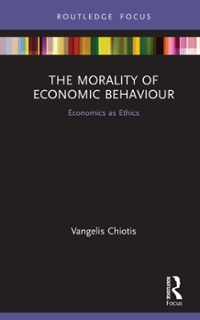Question
1. Consider two period model's budget constraint as follows:Period 1: c1+ b + k + 1= e1Period 2: c2+ 2= f(k) + (1+r)bWhere c1and c2are
1. Consider two period model's budget constraint as follows:Period 1: c1+ b + k + 1= e1Period 2: c2+ 2= f(k) + (1+r)bWhere c1and c2are consumption in period 1 and 2 respectively; b is bond; k is capital stock; 1and 2are lump sum tax in period 1 and 2 respectively; f(k) denotes production function; and r is the interest rate. a.Consider the consumer's taxes increase by in the current period. How does this affect current consumption, future consumption and current savings?[4 marks]b.The consumer's taxes increase permanently, by in the current period and future period. Without drawingthe diagram, determine the effects on current consumption, future consumption, and current savings.[4 marks]c.State the Ricardian equivalence theorem.[2 marks]d.Give four reasons that burden of the government debt is not shared equally in practice
Step by Step Solution
There are 3 Steps involved in it
Step: 1

Get Instant Access to Expert-Tailored Solutions
See step-by-step solutions with expert insights and AI powered tools for academic success
Step: 2

Step: 3

Ace Your Homework with AI
Get the answers you need in no time with our AI-driven, step-by-step assistance
Get Started


